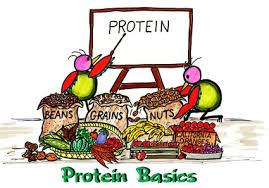Genome-Edited Plants

Genome-Edited Plants, Without DNA What makes this work so groundbreaking is that these genetic modifications look just like genetic variations resulting from the selective breeding that farmers have been doing for millennia. IBS Director of the Center for Genome Engineering Jin-Soo Kim explains that "the targeted sites contained germ line-transmissible small insertions or deletions that are indistinguishable from naturally occurring genetic variation." CRISPR is an acronym for Clustered Regularly Interspaced Short Palindromic Repeat, which refers to the unique repeated DNA sequences found in bacteria and archaea. CRISPR is now used widely for genome editing. What's crucial in genetic engineering is for the gene editing tool to be accurate and precise, which is where CRISPR-Cas9 excels. CRISPR-Cas9 uses a single guide RNA (sgRNA) to identify and edit the target gene and Cas9 (a protein) then cleaves the gene, resulting in site-specific DNA double-strand breaks (...









